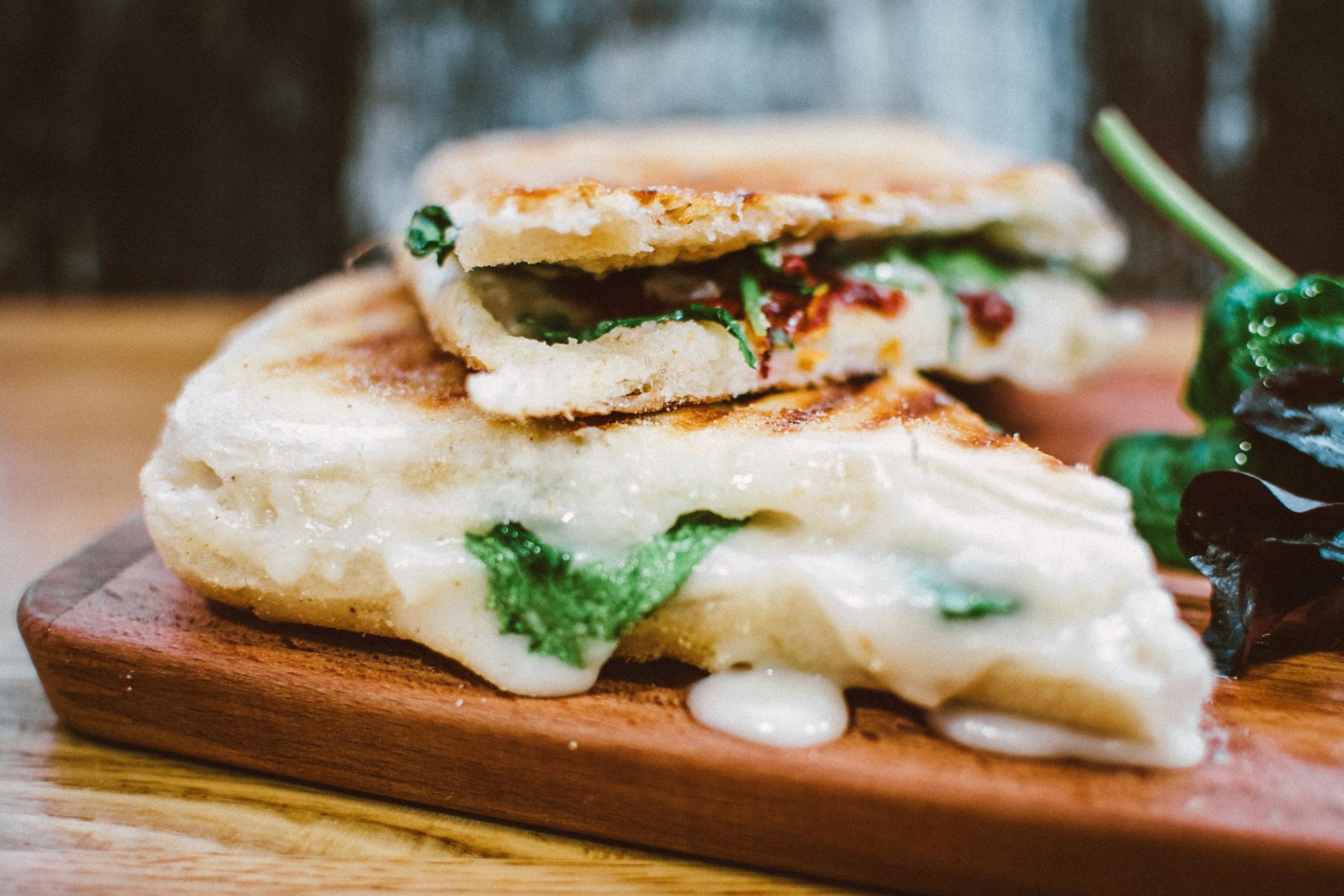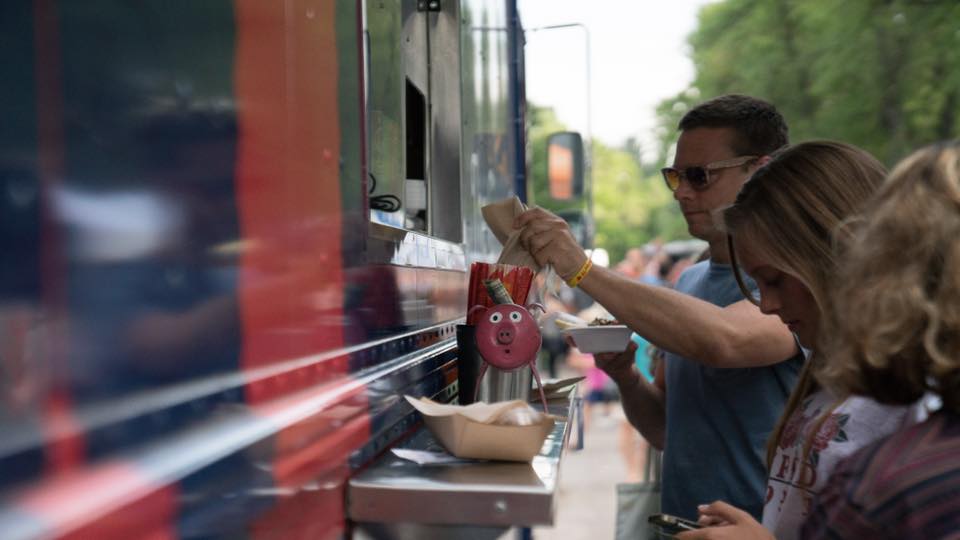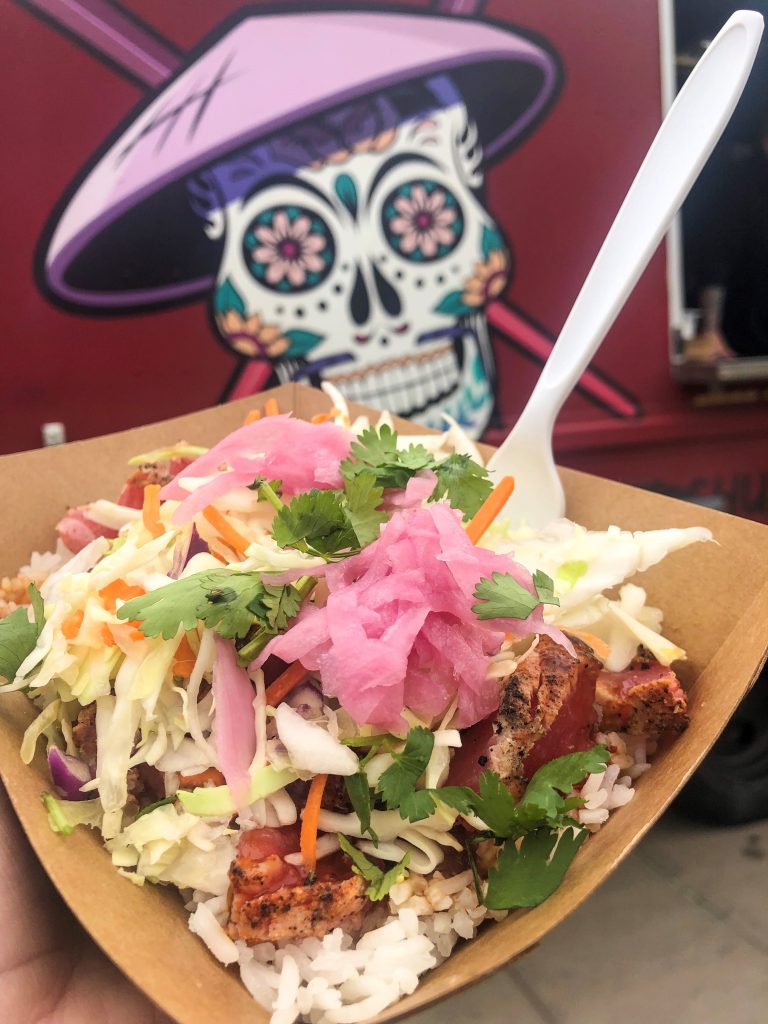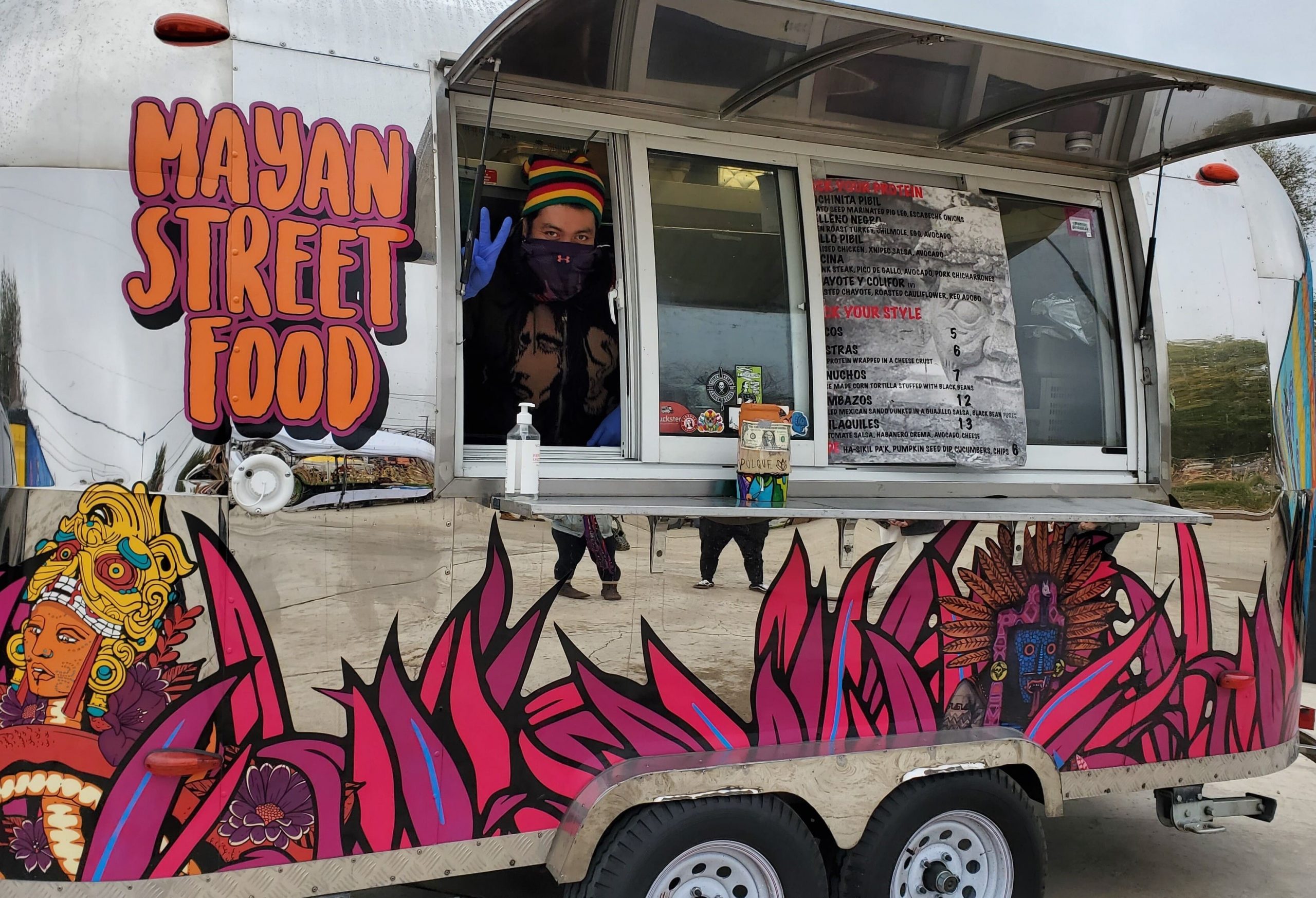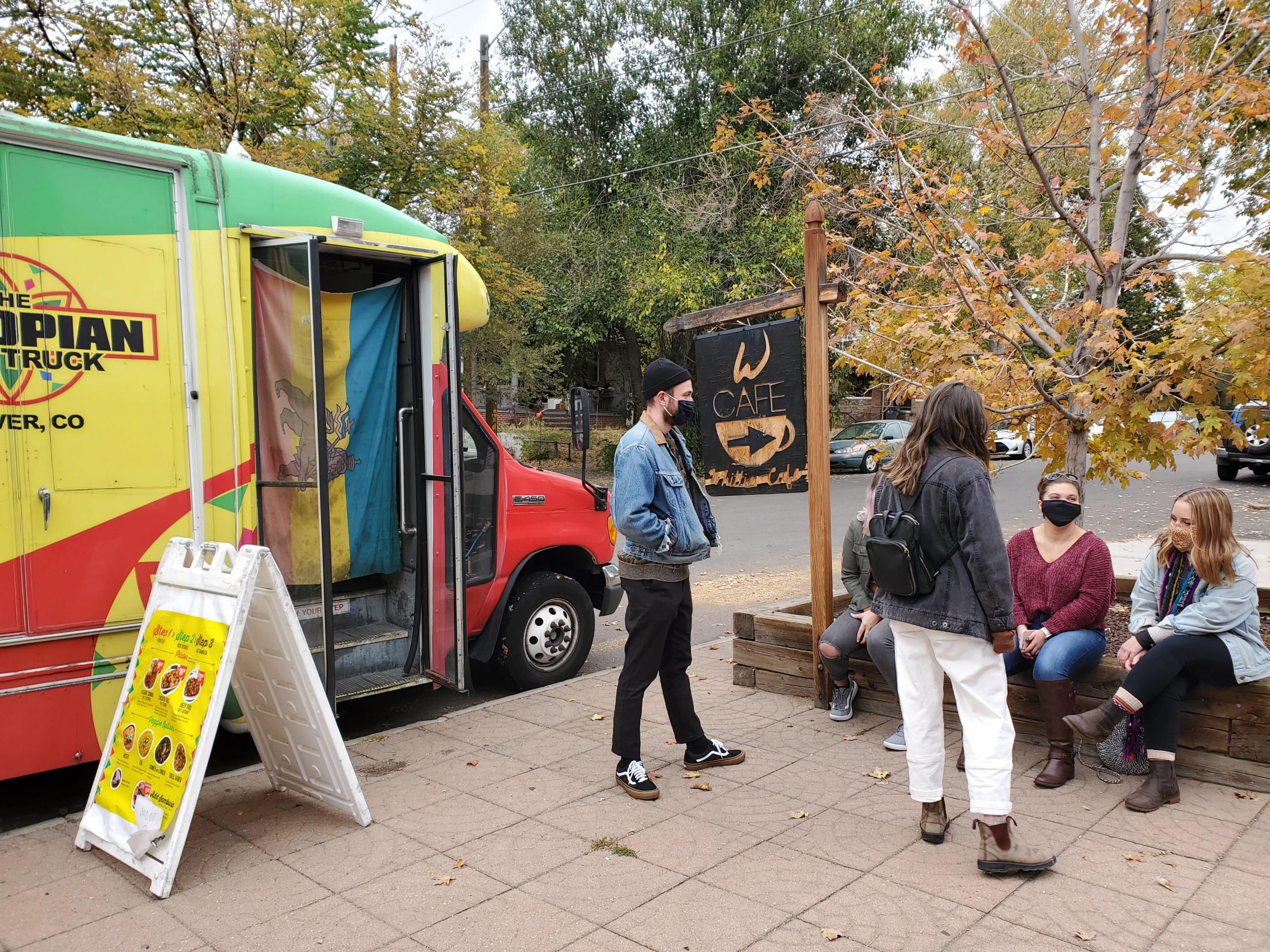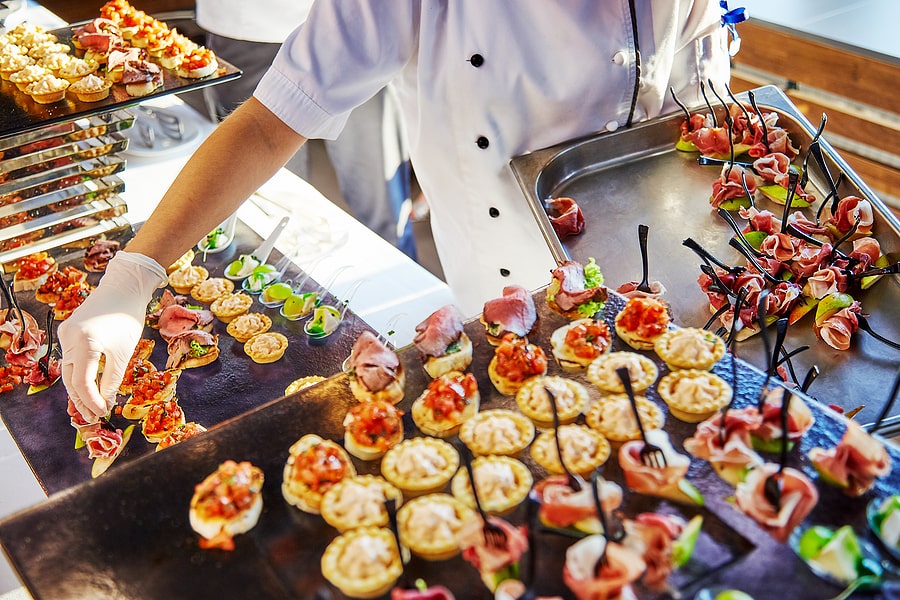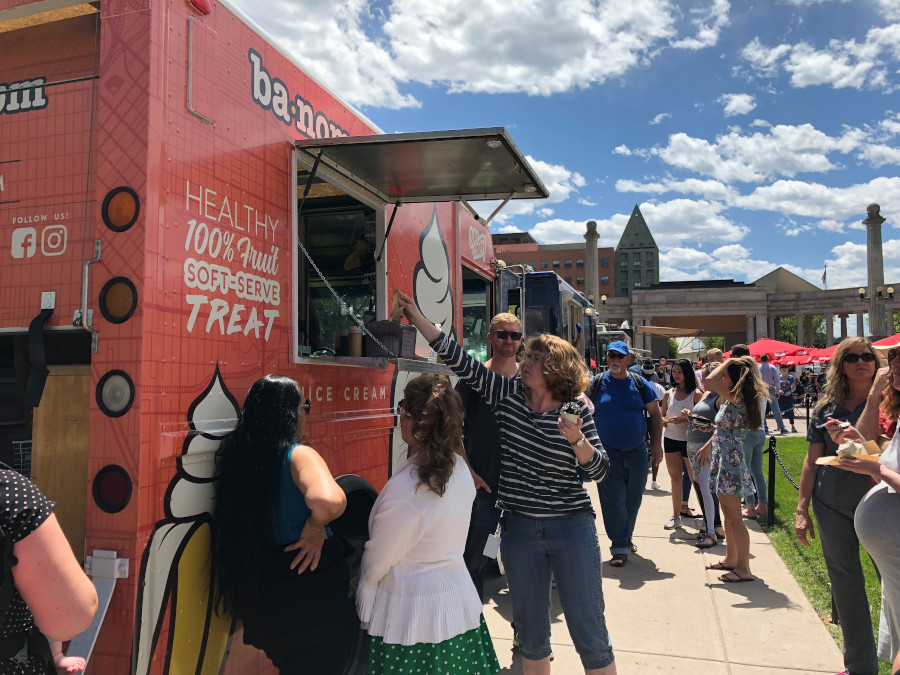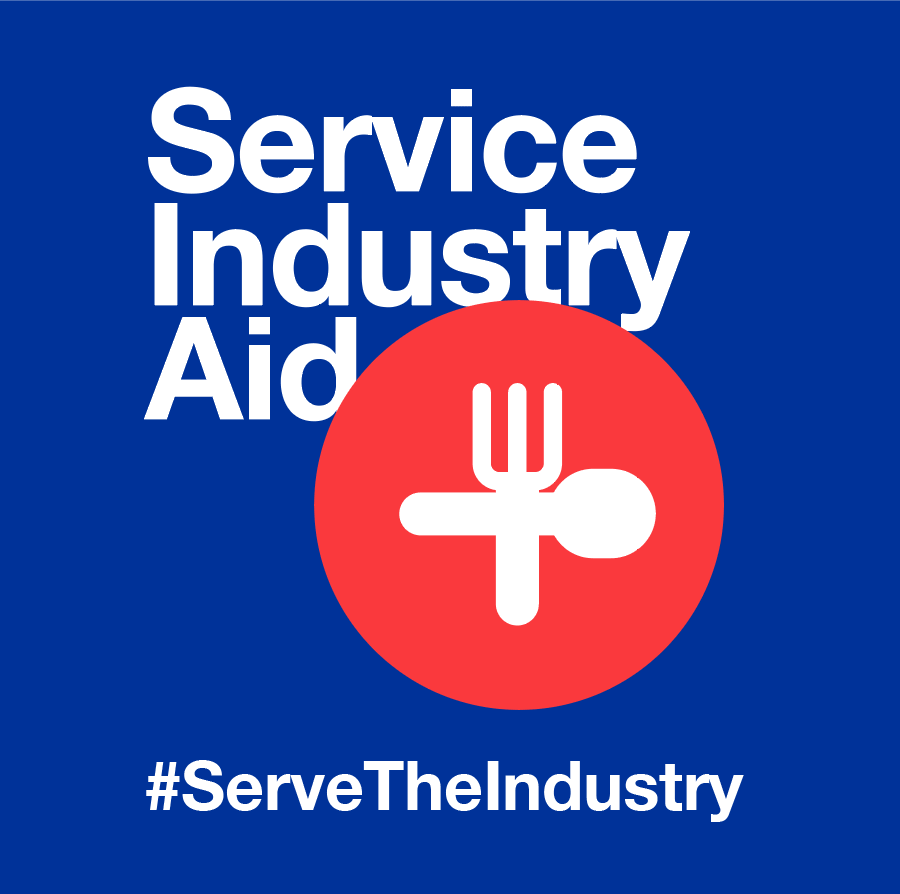
Opening a business involves talent, hard work, and a bit of luck. According to Investopedia, 20% of new businesses fail within the first two years of opening. That number jumps to 45% within the first five years and 65% for the first decade. If you’re in the restaurant industry, you have it even worse, at 60% failure in the first year, and 80% in the first five years.
Operating a successful food truck is hard but not impossible. If you’re asking yourself why food trucks fail, you’re on the right track to running a profitable business. Here are the seven most common ways food truck owners fall short and how you can fix them.
Excess Cost of Operations
Most food trucks fail because they don’t get the cost of operation under control. Some owners enter the industry expecting food, labor, and the vehicle to be their initial costs. However, other expenses can slowly add up, especially if you do not have an established budget.
Some easy-to-overlook costs include:
- Auto insurance
- City, county, and state permits
- Fuel
- Legal fees
- Liability insurance
- Marketing
- Storage
- Vehicle maintenance
A budget is your best friend when keeping costs under control. Noting all your monthly operating expenditures keeps you aware of how much money you’re spending versus earning. You don’t have to be an accountant to start a budget, either. Just open an Excel document and start listing expenses.
Poor Location
Food trucks succeed when they go where the people are. The more people there are in a given area, the more likely a vendor is to have a customer. As a rule of thumb, food trucks sell to 5% of people during a festival or large event.
A poor location doesn’t attract enough customers or the right customers. Consider your target demographic when choosing a location. If you’re parking outside a college bar, sophisticated dishes like sushi or beef Wellington shouldn’t be on the menu.
Some of the best places to set up shop include:
- Bars
- College campuses
- Designated food truck parks
- Farmers markets
- Festivals
- Nightclubs
- Office buildings or business districts
- Parks
- Sporting events
Doing Too Much
The mantra of every food truck should be KISS: Keep It Simple, Stupid. Too many owners want to show off their creative flair with extensive menus and intricate dishes. If you’re going to serve complicated items that you’d find on a tasting menu, you’re better off opening a brick-and-mortar restaurant.
Successful food trucks require a streamlined menu with straightforward dishes. Create flavorful items without going overboard on preparation, cooking, or costs. Keep your list to 6 to 12 dishes, and you’ll save yourself time and money.
Lack of Social Media Presence
Social media and food trucks go hand in hand. You need to actively tell patrons where you’re going to be and when. The planning lets them build their schedules around you and even make advanced purchases with mobile ordering.
Many failed food trucks neglect social media or do not understand how to leverage the platform. Establishing a presence on major apps like Instagram, Facebook, and Twitter provides a centralized point of contact between you and customers. Social media is where your target audience hangs out, so get on it if you want to attract new and loyal customers.
Poor Management
Running a food truck is a sweet gig, but it is still a business. And that means you have to take the business and management of it seriously. That starts at the very beginning. Have a solid business plan before you start slinging tacos. Don’t be afraid to invest in yourself too, not just the truck. Consider taking some online business courses and be sure to check out Truckster’s Food Truck Startup Guide (coming soon) to tee yourself up for success. Once you’re all in, use the Truckster Vendor App to manage orders, track money flow, get catering gigs, and reach more customers.
No Online Presence
Maybe you’ll be lucky enough to be a part of a full time food truck park, or in a high traffic, tourist, or corporate area. But even if you are, you still need to be able to set yourself apart from the competition with an online presence. This is the modern era of marketing, and it’s more than just being on Facebook. If potential customers are looking for food trucks in that area before they go, you’ll immediately have a leg up on the other food trucks if those customers can find your truck online, see your menu (with correct costs), some food pics, and read reviews. That’s what Truckster is here for. Create a profile, add quality content, and be sure to always post your location- sell yourself!
Your Brand Image
Spend the extra effort to style your truck to look appealing and legitimate. But you can’t just slap on some decals and forget it! The image of your food truck is vital for success, and ties in with some of the other points already listed (being online is key to looking like you have it all together). Just like a restaurant, customers pay attention to the details of your establishment as soon as they walk in, or in our case, walk up. This means keep your truck washed regularly. We’re talking a couple of times a week. If you have a trailer, don’t forget to keep your pull truck clean too. If you use the bed of the truck for empty boxes or supply storage, cover it with a tonneau cover or camper shell.

It doesn’t end outside. Customers can often see inside your food truck either through the window or any door that may be open. Make sure to keep your kitchen tidy, and you and your staff looking sharp. Also, your brand image isn’t just about your physical appearance, but how you engage with your customers. When you’re a local food truck, you’ll likely get local repeat customers. Always be friendly and upbeat. Make a connection with your customers, see them become regulars, and your popularity will naturally grow- remember, word of mouth is a powerful thing!
Are You Up For the Challenge?
Roughly half of food truck operators fail in the first five years, in large part because of poor planning. They fail to consider all the operating expenses and the importance of marketing and finding reliable locations. When you take all these factors together, it’s challenging to turn a profit.
Strategic planning goes a long way in making a food truck successful. We’re here for you. Truckster offers a free mobile app that helps you take care of all the little things from accepting mobile orders to creating a menu. Download it today from the Apple or Android stores. If you are not yet a food truck owner and thinking of taking the plunge, check out our Food Truck Resources Page to see how Truckster can get you started on your own food truck success story!
